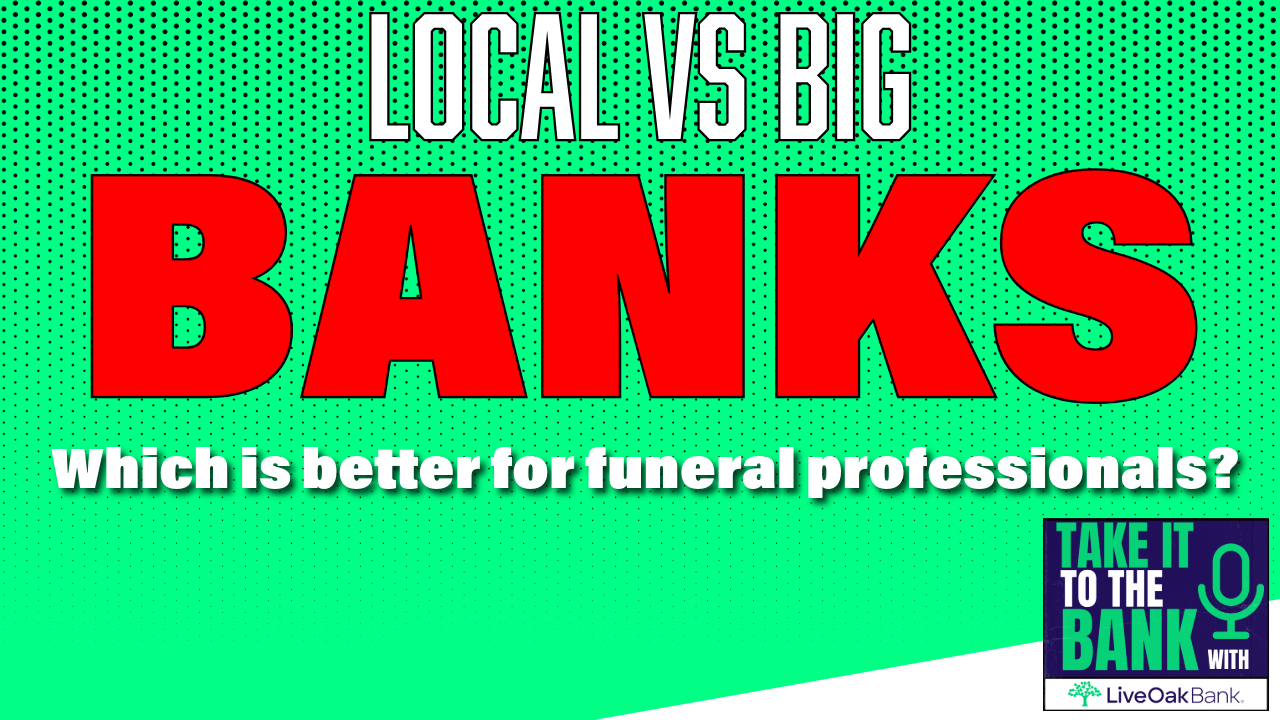Who Owns the Dead?
For decades, Americans have been increasingly distanced from the dead. A small group of women is working to change that.
Article by Libby Copeland, Originally appeared on New Republic
IT WAS A SUNDAY in the autumn of 1995, and Rob Sanders was driving his three kids from his house in Baltimore to the house of his ex-wife, Elizabeth Knox, in Silver Spring, Maryland. The kids rotated who got to sit in the front seat, and today was seven-year-old Alison’s turn. The boys wanted to hear the Redskins game, and when Alison leaned forward to fiddle with the radio, Sanders told her to sit back—he would find it. When he looked up, the light had turned red, and he braked, belatedly. Skidding into the intersection at about 14 miles an hour, he hit another car, and the passenger-side airbag deployed. The airbag—one of those early models designed to protect a full-sized adult male in a much more violent crash—struck Alison “with the force of a heavyweight boxer,” as Knox would later put it, rendering the girl unconscious and braindead in an instant.
Knox had just walked into her house when the hospital called; she handed the phone to her then-boyfriend to see if he could make sense of what the person on the other end was telling her. They drove to Sinai Hospital in Baltimore, and Knox rushed in. “I’m here,” Knox told her unconscious daughter once she reached her side. “I’m going to stay here. I’ll be with you through all this.”
She stayed with Alison when the girl was transferred to the Johns Hopkins Hospital in an ambulance, and waited as doctors there tested her reflexes. (They could find none.) She stayed as her priest arrived, and as close friends came with gifts for an impromptu vigil—a quilt to cover Alison, a Bible, a lyre, which a friend played for hours. She stayed as her anguished ex-husband had to be taken to a psychiatric hospital where he was sedated. Awake, he would remember what had happened and become hysterical all over again. She lay in bed with Alison and watched as the respirator “made her seem somewhat lifelike.”
As the family contemplated taking the girl off life support, and Knox thought about what would happen next, she knew she could not do what almost every person in the United States does after the loss of a loved one and hand her daughter over to a funeral home. “It’s unthinkable to me,” Knox said when we spoke recently. “Your child is gone, and you’re asked to give her to strangers and not see her again—except, maybe, for five minutes in this weird place.” She had cared for her daughter from the day she was born. She could not imagine anyone else caring for the girl in death. She wanted to take her home.
Knox said she saw the worst of the institutional approach to mortality that day. The hospital would only release the body to a funeral home, so friends called around until they found one willing to fulfill the family’s unusual request to bring the body to Knox’s house. When the funeral home staff arrived, they put Alison in a body bag and zipped it over her face, despite Knox’s plea to keep it open. They took the body on a gurney through the bowels of the hospital, with Knox “running to keep up,” she said.
But once Alison had arrived at Knox’s house, the girl belonged to her mother again. Knox and her own mother gave Alison a sponge bath in her bed and clothed her in a dress they’d bought at the beach that summer. They made a wreath of flowers for her hair. The funeral home staff arranged the girl over dry ice to slow her decay, and she lay in a small, child-sized casket made of pine, placed perpendicularly across the bed. Knox slept curled up in the small space beside it at night. Hundreds of people came through the house over the next few days, as Knox remembers it. Teachers and classmates brought gifts for the coffin. About three days after her death, Alison was taken to a crematorium, where Knox rocked the gurney on which her daughter’s body lay, and watched as she was put into the furnace.
The days Alison spent at home before the cremation were both “tragic and beautiful,” Knox said. “It was such a comfort.” And slowly, in the years following Alison’s death, her parents found renewed mission. Sanders, who was released from the psychiatric hospital after about two weeks, left his job in commercial litigation, and began offering his services to other families involved in airbag lawsuits. He began, also, to lobby the government to force automakers to install safer airbags and to require them to place warning labels in cars telling parents not to allow their kids to ride in the front seat.
Knox underwent a transformation as well: She founded a nonprofit calledCrossings, and became one of the first people in the country dedicated to helping the families and friends of the deceased work through the emotionally taxing, logistically tricky, and sometimes unpleasant process of caring for a dead body at home. She read everything she could, reached out to others involved in the nascent cause, and began offering her services as a kind of consultant—advising both on consumer funeral rights and on a new (really, ancient) kind of grieving. Caring for the dead, Knox said, requires a “fierce determination” and a willingness to follow your loved one to a place where few modern Americans dare to go.
JUST 100 YEARS AGO, the sight of a dead body laid out in someone’s front parlor would not have been at all unusual. Indeed, the home was the province of the funeral for most of U.S. history. According to records from the 1600s and 1700s, the earliest Americans often died at home and remained at home until the burial; there they were washed, wrapped in shrouds, and laid out on boards while the family made preparations for a funeral feast. This homespun approach to death largely persisted throughout most of the 1800s: In addition to family and midwives, women known as “Layers Out of the Dead,” took care of the immediate tasks following a death. The body might be placed over ice and watched over for days to ensure the person was truly dead and wouldn’t be buried alive. Sometimes, the bereaved had a photographer come to take a post-mortem picture. Family, neighbors, or local carpenters made the coffin.
The elaborate etiquette that evolved around mourning in the Victorian era reflected this intimacy with death. There were lengthy bereavement periods, elaborate mourning clothes, and even a fondness for jewelry made from the hair of the dead. Much of this desired proximity was connected to the idea of what nineteenth-century Americans called “the Good Death.” A Good Death was one that took place at home, surrounded by family who could not only tend to suffering but “assess the state of the dying person’s soul,” writes historian Drew Gilpin Faust in This Republic of Suffering: Death and the American Civil War. Because Americans came to believe that the moment of death fixed the state of the soul—determining what would happen in the afterlife—dying itself became a kind of art, filled with declarations of faith. And after the Good Death, writes historian Gary Laderman in The Sacred Remains: American Attitudes Toward Death, 1799-1883, “the intimacy that survivors maintained with the corpse preserved it, at least until the actual interment, as evidence of a valuable, and vital, social relation.”
Ironically, it was this desire to be close to the dead that ultimately helped usher bodies out of the home. Embalming—which advanced as a science around the same time as the Civil War—allowed for the corpses of men who had died on far-off battlefields to return home for some semblance of the Good Death. “Families sought to see their lost loved ones in as lifelike a state as possible,” Faust writes, “not just to be certain of their identity but also to bid them farewell.” And when it came to preserving some false spark of life, none of the available alternatives (the Staunton Transportation Case “portable refrigerator,” for example) could match embalming. In 1861, the preserved body of a Union colonel killed in Virginia was honored at the White House to great fanfare. (His embalmer went on to preserve more than 4,000 bodies and became a rich man.) And at the close of the war, the embalmed body of Abraham Lincoln traveled 1,700 miles from Washington, D.C. to Springfield, Illinois, with many stops along the way for Americans to pay their respects. Around the turn of the century, undertakers would often bring their scalpels, tubes, needles, forceps, eye caps, and other supplies to the house of the deceased and perform the embalming there, sometimes with relatives watching.
But eventually embalming moved out of the home and into places of business—death, in general, was increasingly processed outside of any residence. Advances in science lowered the death rate and made hospitals the primary places of dying. An increasing number of people lived in urban areas and in small apartments, where large home funerals were difficult to host. And as the Victorian era passed, and cultural practices changed, the formal parlor was replaced with the more informal and aptly named living room.
And while most dead bodies don’t pose a threat to the living, they came to be regarded as dirty and polluting, Laderman told me. By the 1920s, according to Laderman’s research, funeral homes were caring for the majority of the dead in many major towns and cities. Funeral home ads and articles from that era counseled the importance of forming a pleasing “memory picture” of the deceased—embalmed, shaved, made-up, arranged to look as lifelike as possible. Ornate and expensive open-casket funerals became fashionable. By midcentury, the economic model for the funeral home had become, “we take the body, we do things to it, and we sell it back to you,” as mortician-memoirist Caitlin Doughty, the author ofSmoke Gets in Your Eyes: And Other Lessons From the Crematory, told me. (This didn’t go uncommented upon at the time: In 1963, the British-born blueblood-turned-muckraker Jessica Mitford published The American Way of Death, which eviscerated the opulent, pricey U.S. funerals then in vogue, arguing that funeral directors were taking advantage of the grieving.) The United States had, in effect, undergone a 180-degree turn from an approach to death common not many decades before. “The modern American funeral industry, with its rituals and its almost complete capture of the death process … would have appeared extraordinary to a woman in 1875,” said Josh Slocum, the executive director of a watchdog group called the Funeral Consumers Alliance.
In recent decades, cremation has soared in popularity—the national cremation rate is expected to reach more than 50 percent within a few years. Part of this can be attributed to the cost: The median price for direct cremation is about $1,000 to $2,000, according to the National Funeral Directors Association. That’s substantially cheaper than the traditional full-court burial, which, with embalming, a viewing, ceremony, a metal casket, and an underground vault to hold the casket (typically required by cemeteries), has a median price of about $8,000. But even the rise in cremation hasn’t really simplified the business of death. Some funeral homes have increased the cost of traditional casket-and-burial funerals to make up for the fact that they’re doing fewer, and there aren’t many pressures to limit the rising costs. Death is a reliable trade, and families are loyal to the last funeral home they used—even the savviest consumers skip price comparisons. No doubt, many don’t want to think about shopping around at times of stress and bereavement. And the death industry, with annual revenue of around $16 billion, is likely to grow in coming years. By 2050, the population aged 65 and older will have nearly doubled from what it was in 2012.




